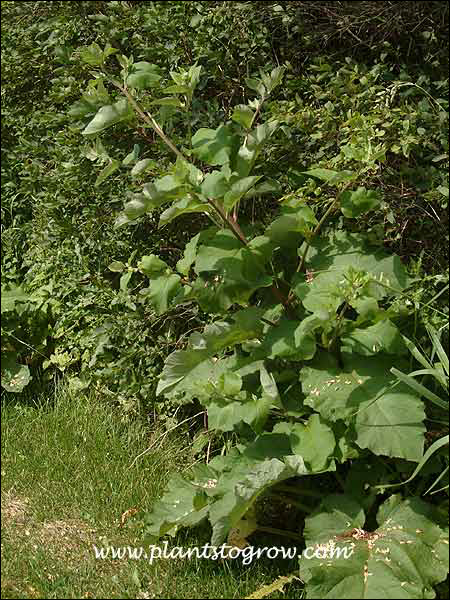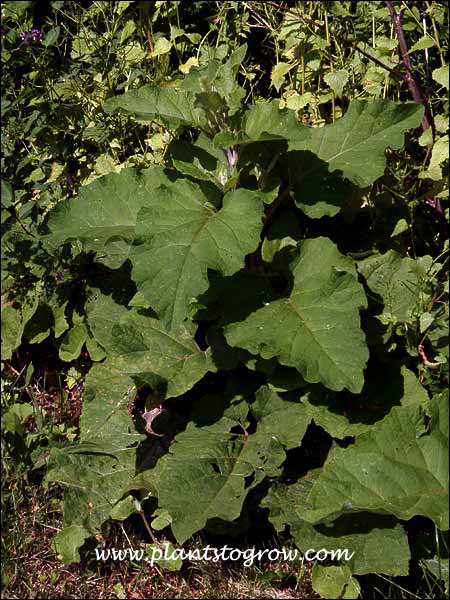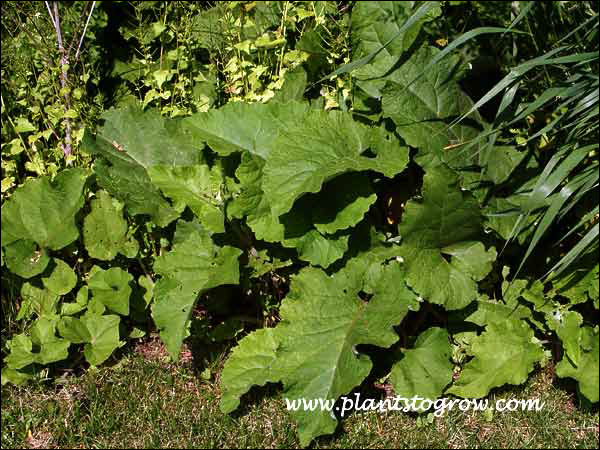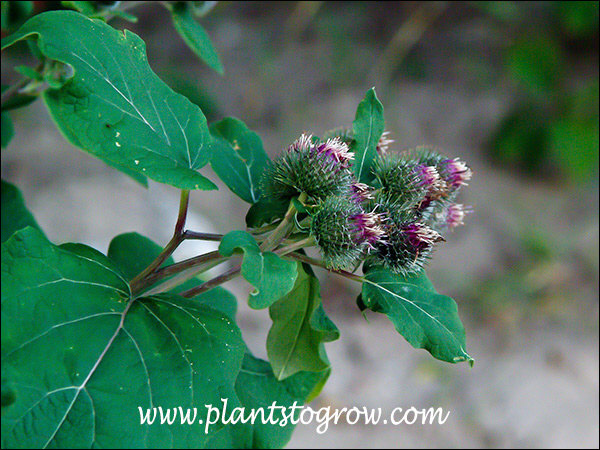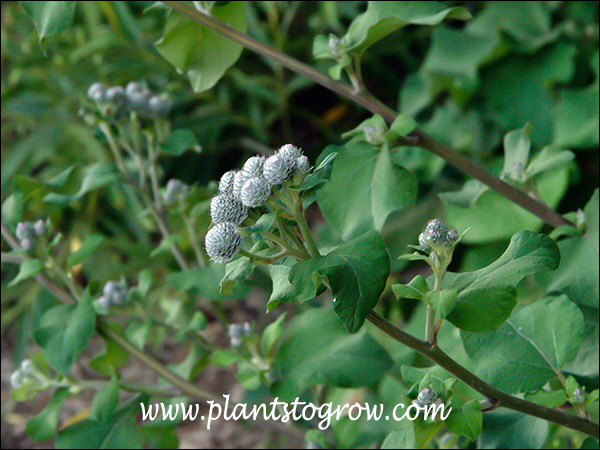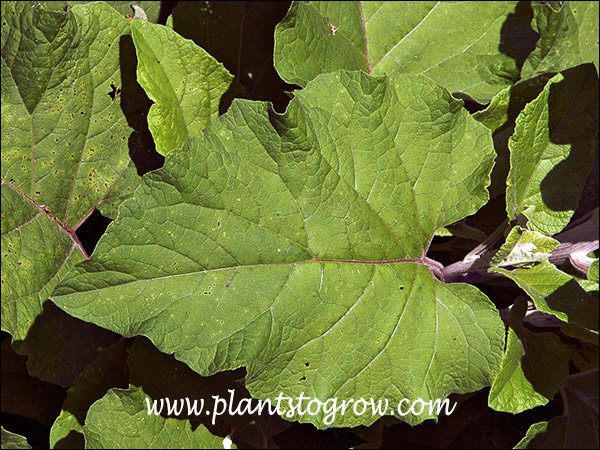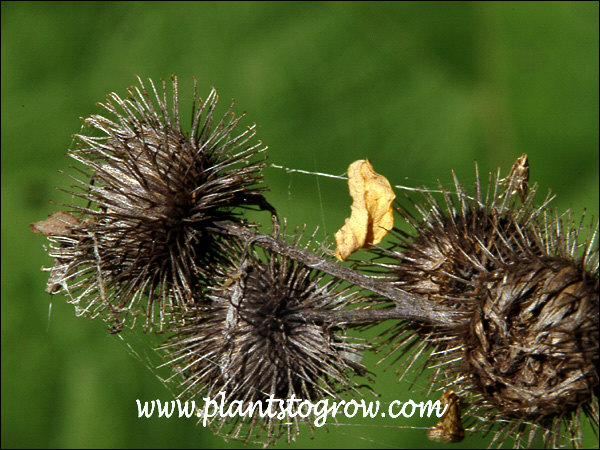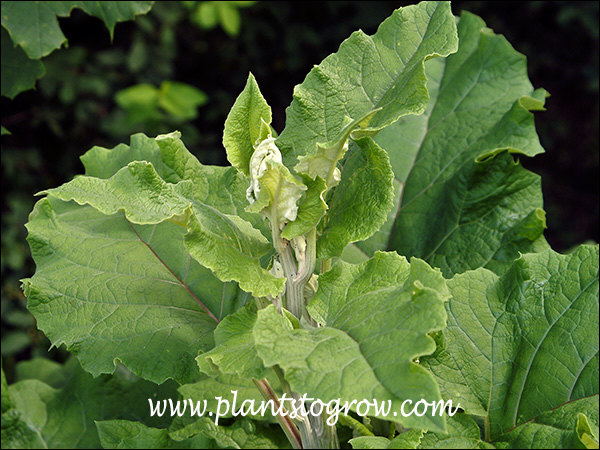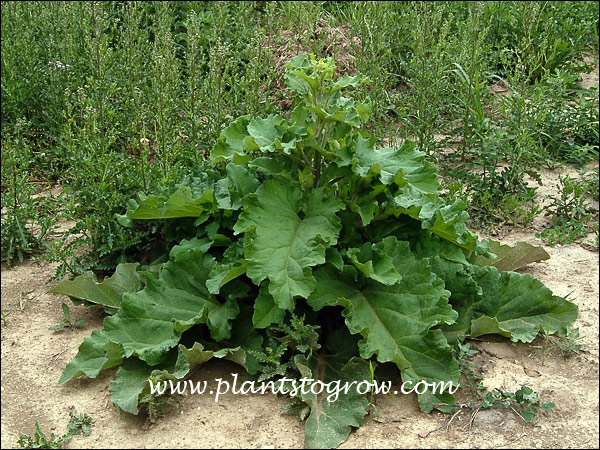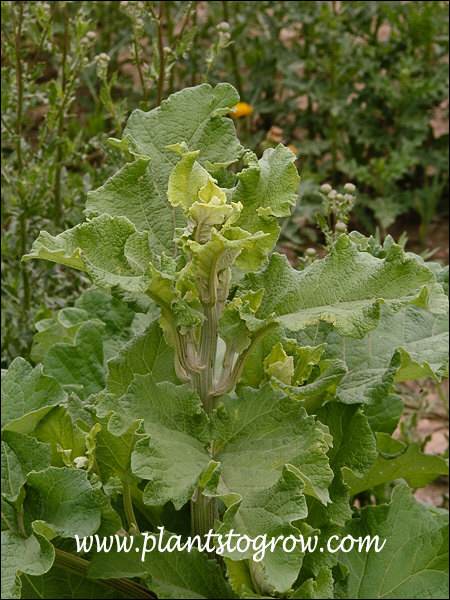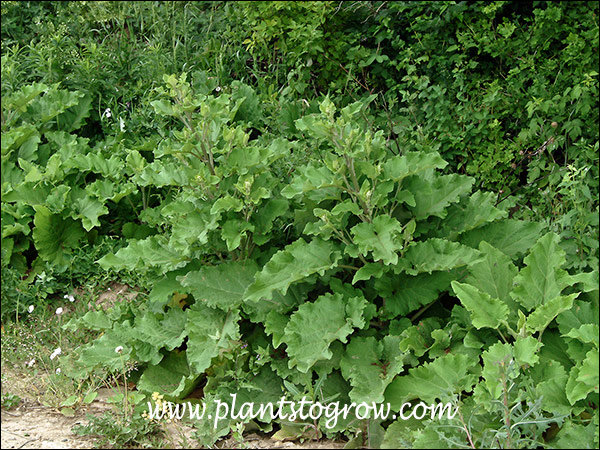| Description | Common Burdock (Arctium minus) A very common biennial weed that produces a bur seed pod. This "hitchhiker" readily attaches to any passer-by. Can be ecologically invasive if allowed to reseed. I grew up calling this plant Wild Rhubarb. |
|---|---|
| Plant Type | Weeds, Biennials, Site author's observations |
| Sunlight | full sun to shade. |
| Moisture | average, during seasons of high moisture many more seedlings seem to be produced, I have seen areas carpeted with seedlings |
| Soil & Site | average, wasteland |
| Flowers | inflorescence produced on the second year plant, small red-violet disk flowers |
| Fruit | flower heads form a brown, dry rounded hooked seed pod (bur), hard to remove from clothing, epizoochory is the dispersal of seeds by catching onto the fur of animals |
| Leaves | first year plant produces a large rosette of large, broadly ovate leaves, second year plants produce a much branched stem reaching over 3 feet. |
| Stems | stout, round or slightly ridged in circumference, light green to slightly reddish-green, young stems are covered with white cobwebby hairs, mature stems become glabrous |
| Roots | thick, fleshy tap root |
| Dimensions | low flatten the first year, 3-5 feet tall the second |
| Maintenance | can become an aggressive reseeder so removal of seed can prevent this, do this before the fruit dries and forms the hooks |
| Propagation | reproduces by seeds produced on the second year plant can make 300,000-400,000 seeds per plant |
| Native Site | Europe |
| Misc Facts | European, naturalized throughout most of USA, from the Greek name arktos. AKA: lesser burdock] little burdock, louse-bur, common burdock, button-bur, cuckoo-button, or wild rhubarb |
| Author's Notes | Reported to be poisonous, but looking through many resources, I found no mention of this. The leafstalks (a year old or younger) and flower stalks can be eaten raw or cooked. The roots are edible boiled with a change of water. Maybe the inspiration for Velcro? |
| Notes & Reference | #14-Hedge maids and Fairy Candles (Jack Sanders) , #19-Common Weeds ( USDA Agricultural Research Service) , #49-The History and Folklore of North American Wildflowers (Timothy Coffey) |

Cart
